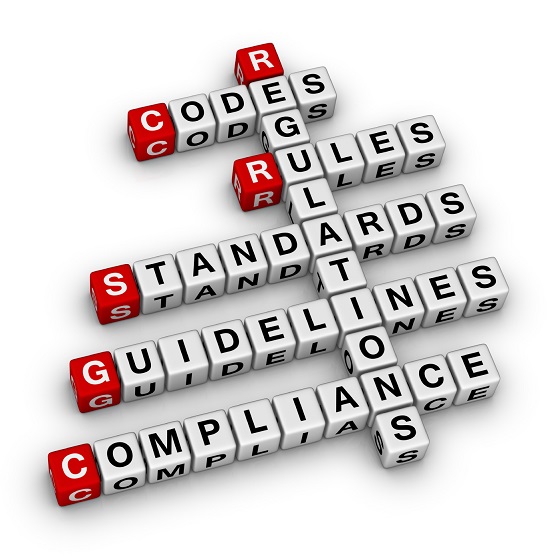
Posted on: June 4, 2021
Product Sales Data Reporting
Firms are reminded that new versions of PSD001 and PSD007 will be required to be used for report reference date 30 June 2021 and beyond. The updated templates are in Wires.
REP017 Payment Services Fraud
The Financial Conduct Authority has stated that an updated version of REP017 is expected to be made available by the end of June 2021. Following the release of the updated form, the changes will be made in Wires and users informed accordingly.
OSCA Replacement
The Bank of England hosted a meeting in June, about the ongoing project to replace OSCA with BEEDS. Whistlebrook understands that there is no change to the previously communicated timeline. Of note is the flexibility to be used in on boarding firms to report to BEEDS. Where a firm is not ready for on boarding at phase one, it will not be forced to move at that time. Firms will be able to on board between the dates specified for phases one and two.
Whistlebrook understands the timeline for replacement of OSCA to be as follows.
| End July 2021 | Publication – Final version of the Bank of England’s taxonomy 3.4.0.0. |
| Oct 2021 | UAT – BEEDS UAT windows are to be available. |
| End Dec 2021 | Phase One – Some firms will be on boarded i.e. submit to BEEDS. |
| By end Jun 2022 (not a definite date) | A permanent test environment is to be available. |
| End Q2 2022 | Phase Two – All firms will be submitting to BEEDS |
| Late Summer (likely August) 2022 | BEEDS interface (for direct submissions) is to be provided by the Bank of England. It is expected that due to this interface not being available when firms are on boarded, there will be a period during which system to system transmission is not possible. |
| September 2022 | OSCA will no longer be in use. |
Mortgage Risk Weight Floors
The PRA advised that it is assessing feedback on the proposal to introduce risk weight floors on UK residential mortgages, where internal models are used for calculation of the weighted exposure amount. Further details on this proposal are in the PRA’s consultation paper 14-20. The floors will become effective from 1 January 2022 if the proposal is implemented.
Investment Firms’ Prudential Regime (IFPR)
Whistlebrook is aware that the requirements under the UK’s IFPR are not yet finalised, despite an effective date of 1 January 2022. It is understood that a further (third) consultation paper is to be issued by the Financial Conduct Authority in Q3. Following the consultations, policy statements are anticipated in the same quarter.
Cryptoassets Regulation
The Basel Committee issued a paper on proposed regulatory treatment of exposures to cryptoassets. Of interest, are the following points proposed.
Groups
There will be three categories of cryptoasset. Firstly, ‘Group 1A’ will be a digital representation (of ownership) of “traditional” underlying assets such as equities and bonds. The second type, Group 1B, is where the value is linked to a traditional asset or a group thereof. The remainder will be classed as ‘Other’.
Liquidity Buffer
Holdings of cryptoassets will not be included as part of a firm’s liquidity buffer.
COREP LCR and NSFR
Inflows from cryptoassets will be weighted at 0% and outflows at 100%, for liquidity coverage ratio purposes.
A firm’s Net Stable Funding Requirement will necessitate that the funds required for cryptoassets be weighted at 100%.
Risk Weighting
Cryptoassets will be risk weighted using the same weights applicable for a direct holding of the underlying or linked asset(s). Capital add-ons relative to the current treatment for traditional exposures, are likely. Exposures to the ‘Other’ group will be weighted at 1,250%. It is understood that cryptoassets will as an alternative to risk weighting, be permitted to be deducted from Common Equity Tier One capital.
Further details of the proposal are available in https://www.bis.org/press/p210610.htm
This regulatory update is Whistlebrook’s understanding of the position as at 22nd June 2021.
